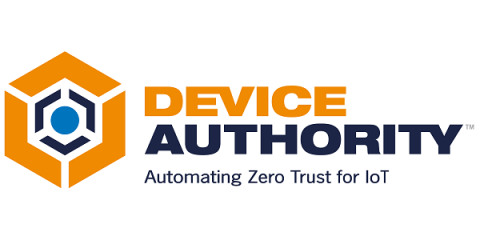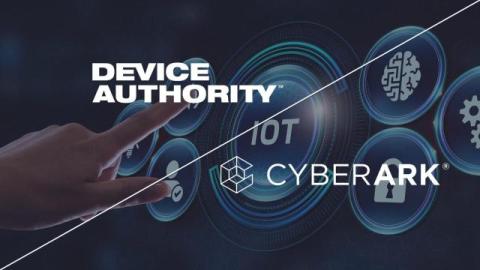The Top 8 IoT Security Challenges of 2024 and How to Overcome Them
As the Internet of Things (IoT) continues to expand across industries such as healthcare, automotive, manufacturing, and smart cities, the need for robust security measures has become more critical than ever. The proliferation of internet connected devices across various sectors, including healthcare and smart homes, has introduced significant security risks.










